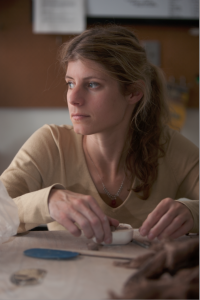I just wrote out a long reply but deleted it because the truth is this 2 page article does a much better job. The earlier answer might not have made the differences between E-TTL and E-TTL II clear enough and I apologize if I have caused confusion.

E-TTL II flash technology - Canon Professional Network
<div id="decoration_container"> <img src="./files/education/technical/E-TTL_II/header.jpg" alt="PowerShot G11 G11 II...cpn.canon-europe.com
But yes, manual flash mode is the only way to get consistent and reliable output from the flash as in E-TTL II there are simply too many variables to process what the camera thinks it should do. However in most situations I find E-TTL II to be reliable enough to give me good enough exposures of what I want so I often use it in dynamic situations like receptions and functions where varying subject distances are simply too numerous to work the flash power accurately.
Hi @privatebydesign. I will go through the new link you posted. I am once again indebted to you and the other forum members who posted.
Regards
Suman
Upvote
0

